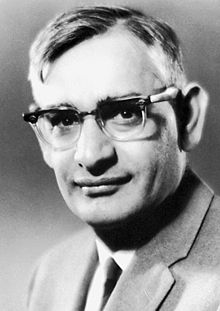She was known by the sobriquet as The Nightingale of India, was a child prodigy, Indian independence activist and poet. She served as the first governor of the United Provinces of Agra and Oudh from 1947 to 1949;the first woman to become the governor of an Indian state. She was the second woman to become the president of the Indian National Congress in 1925 and the first Indian woman to do so.
She met Govindarajulu Naidu, a doctor by profession, and at the age of 19, after finishing her studies, she got married to him. At this time, inter-caste marriages were not allowed, but her father approved the marriage.
She joined the Indian national movement in the wake of partition of Bengal in 1905. She came into contact with Gopal Krishna Gokhale, Rabindranath Tagore, Muhammad Ali Jinnah, Annie Besant, C. P. Ramaswami Iyer, Mahatma Gandhi and Jawaharlal Nehru. She played a leading role during the Civil Disobedience Movement and was jailed along with Gandhi and other leaders. She was Sarojini Naidu.
Read more & watch the video:
gyaat.com
.jpg)
